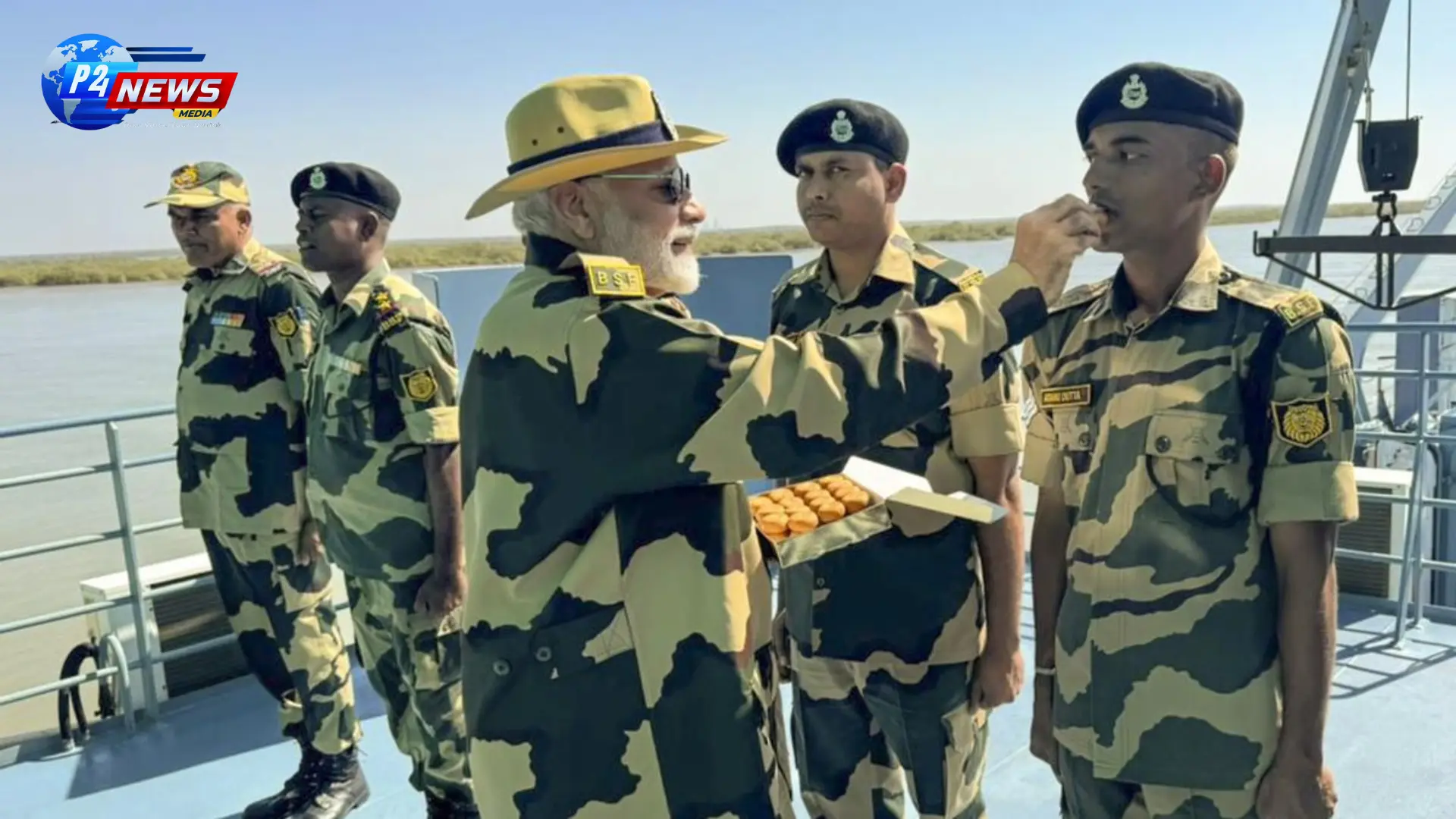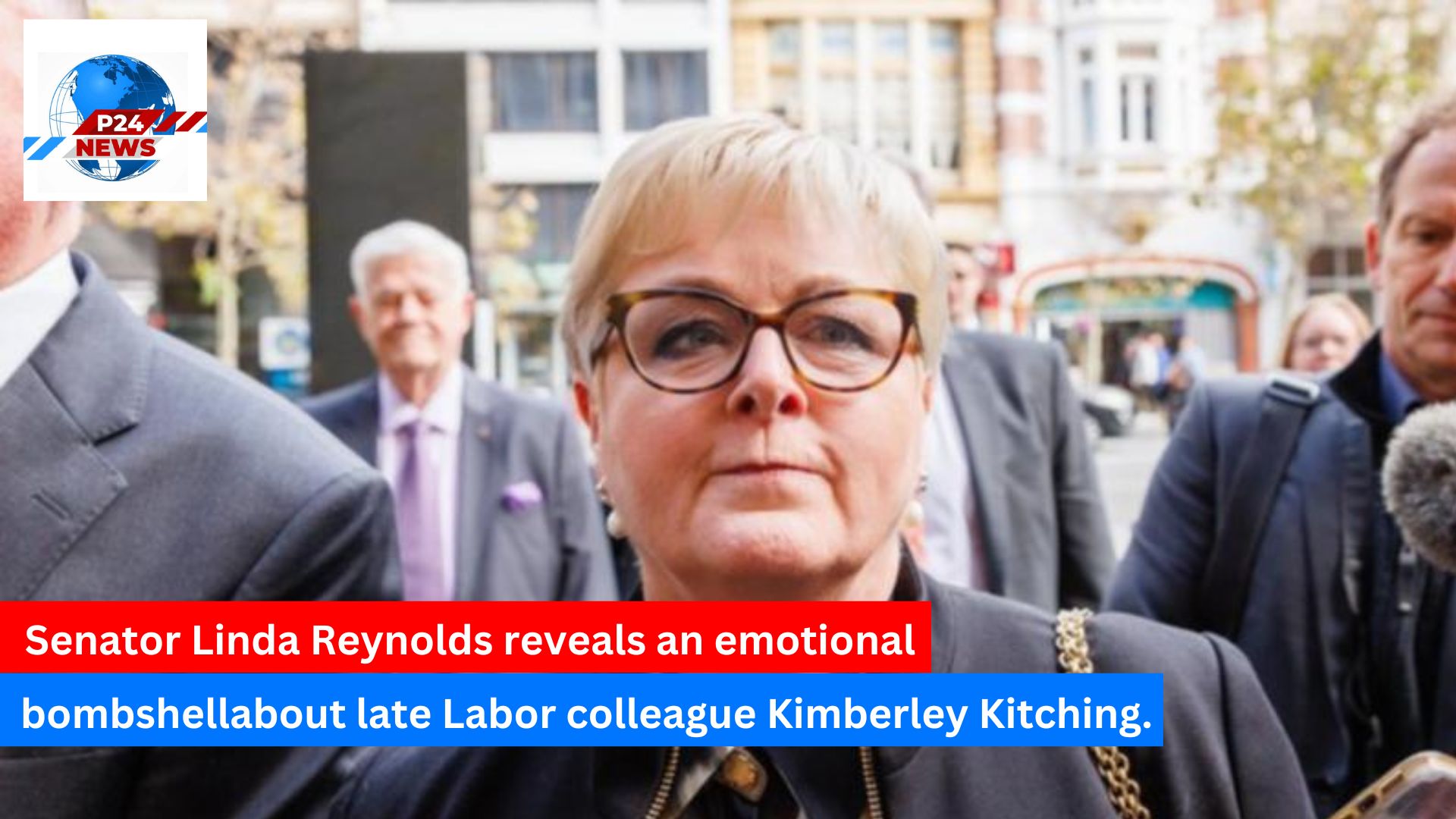Prime Minister Narendra Modi marked this year’s Diwali by celebrating with personnel from the Border Security Force (BSF), Army, Navy, and Air Force stationed near the Indo-Pak border. The celebrations took place at Sir Creek in Gujarat’s Kutch district,
PM Modi Celebrates Diwali at Sir Creek
Prime Minister Narendra Modi marked this year’s Diwali by celebrating with personnel from the Border Security Force (BSF), Army, Navy, and Air Force stationed near the Indo-Pak border. The celebrations took place at Sir Creek in Gujarat’s Kutch district, where PM Modi shared sweets and Diwali greetings with jawans, acknowledging their dedication to securing the nation’s borders. The choice of Sir Creek as the celebration site underscores its symbolic importance in Indo-Pak relations.
Overview of Sir Creek
Sir Creek is a 96-km-long tidal estuary dividing Pakistan’s Sindh province and India’s Kutch region. Named after a British representative, the creek empties into the Arabian Sea, providing one of the largest fishing grounds in Asia. While primarily a fishing area, Sir Creek is also believed to hold untapped oil and gas reserves, which contribute to its strategic importance for both nations. Additionally, the challenging climate — scorching summers and extremely cold winters — makes it a demanding station for the forces posted there.
Origins of the Dispute
The dispute traces back to a 1914 Bombay government resolution, which initially set boundaries between the Sindh and Kutch regions. According to Paragraph 9 of the agreement, the boundary lies east of the creek, implying it belonged to Sindh, now part of Pakistan. Post-partition in 1947, this area became a flashpoint between India and Pakistan, both citing historical agreements to support their claims. India emphasizes the Thalweg principle under international maritime law, which places the boundary in the middle of the navigable waterway, while Pakistan disputes the creek's navigability.
The Thalweg Principle and Maritime Law
According to the Thalweg principle in maritime law, a boundary should be placed along the midpoint of a navigable waterway. India asserts that Sir Creek remains navigable during high tide, thus supporting this principle to mark the boundary. Pakistan, however, claims that the creek is not consistently navigable and therefore, the Thalweg principle is inapplicable. This difference in interpretation of navigability remains a significant factor in the unresolved boundary issue.
Diplomatic Talks and International Intervention
Since the Indo-Pak war in 1965, numerous attempts have been made to settle the Sir Creek dispute diplomatically. British Prime Minister Harold Wilson, in 1968, persuaded both nations to create a tribunal. The tribunal's verdict granted roughly 10% of the area to Pakistan, but this partial resolution did little to ease tensions. Between 1968 and 2012, India and Pakistan held 12 rounds of talks, yet no lasting agreement has been reached, with both sides firmly holding onto their interpretations of maritime rights.
Significance of PM Modi’s Visit
PM Modi’s visit to Sir Creek highlights the government’s commitment to bolstering morale among troops stationed in the most challenging terrains. The visit also reinforces India’s stance on the disputed territory, as Modi’s annual Diwali visits with the armed forces have become a tradition underscoring solidarity and appreciation for India’s defenders. Previous visits to the Line of Control in Jammu and Kashmir and other strategic areas have similarly aimed at fostering a strong bond between the government and military personnel.
















Comments 0